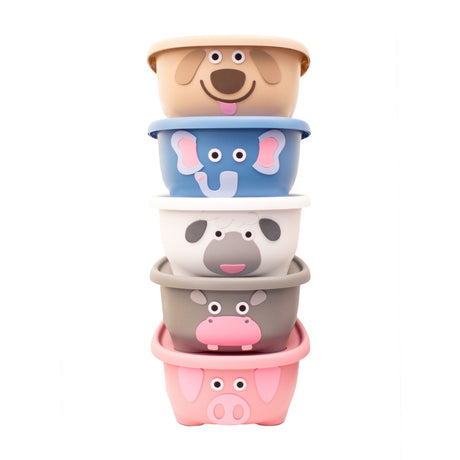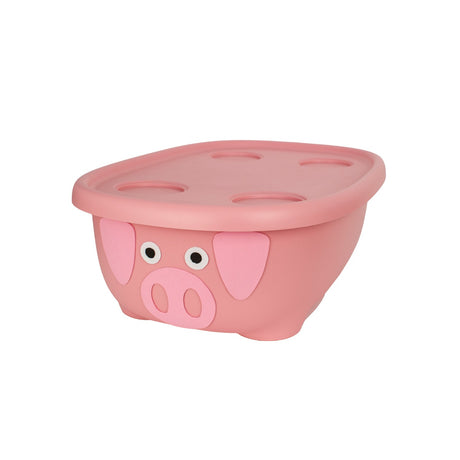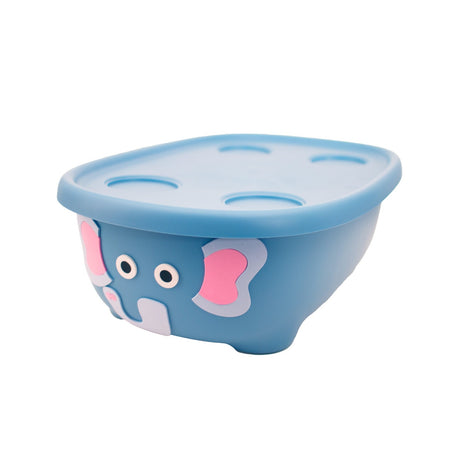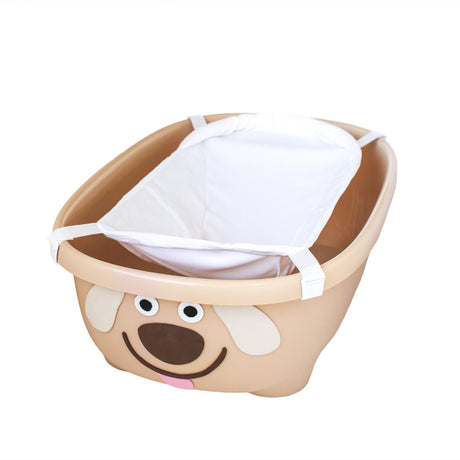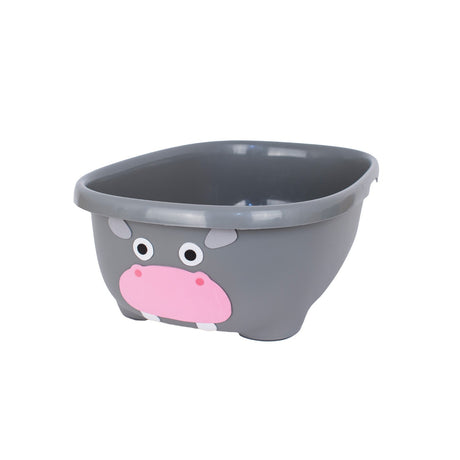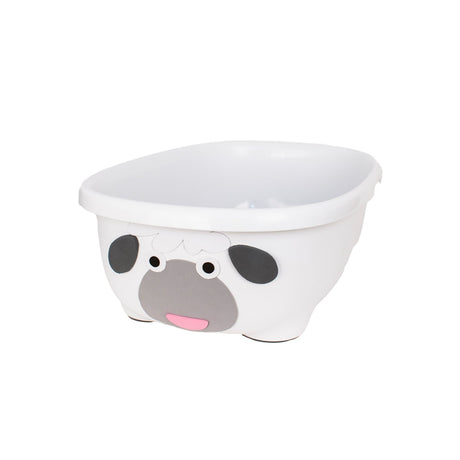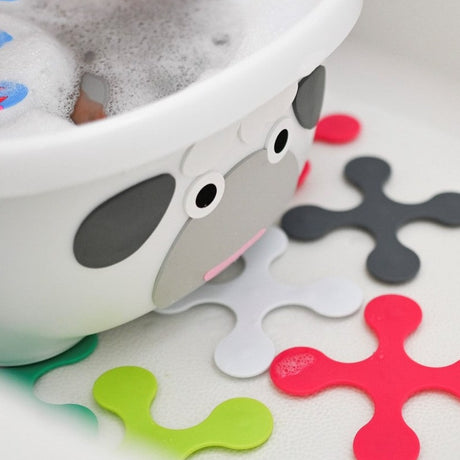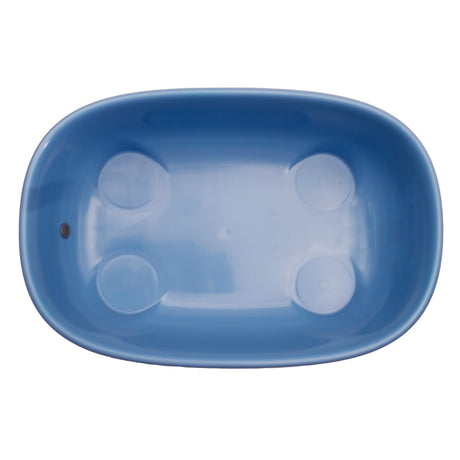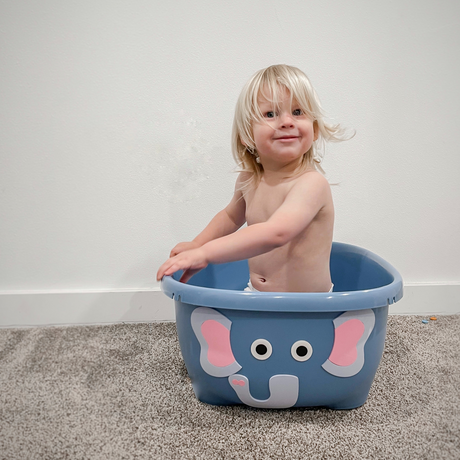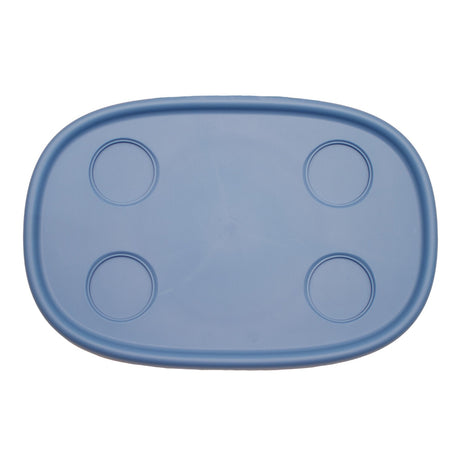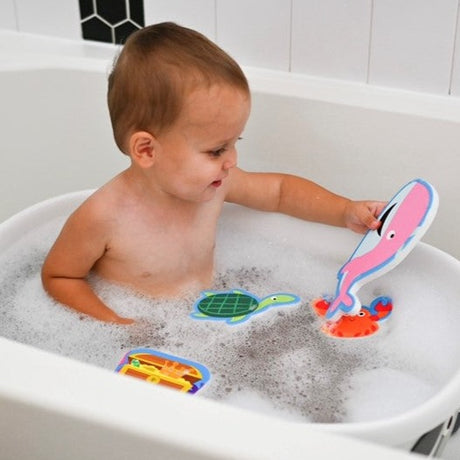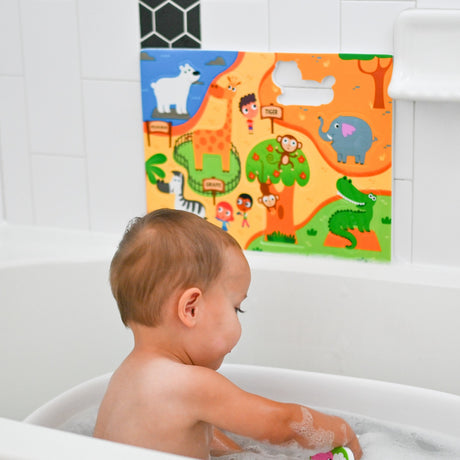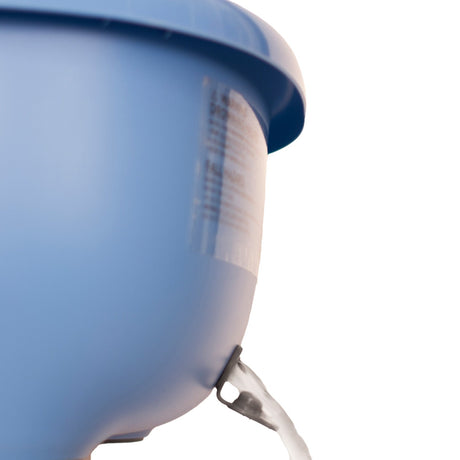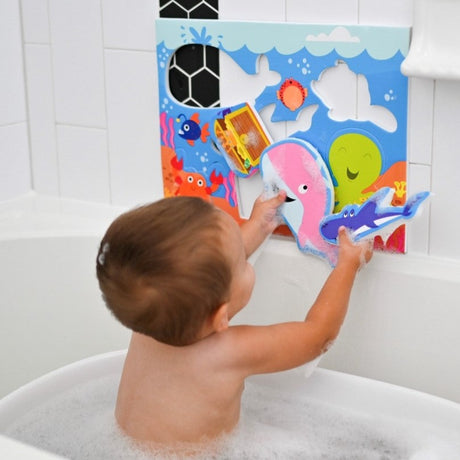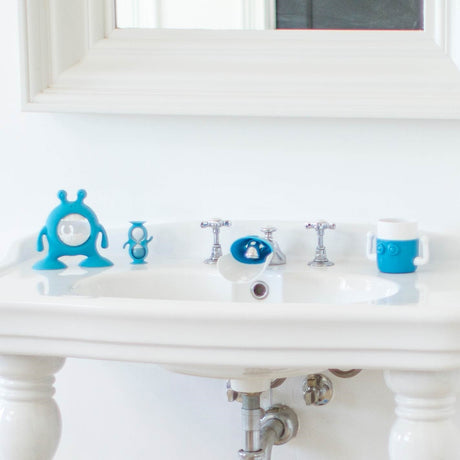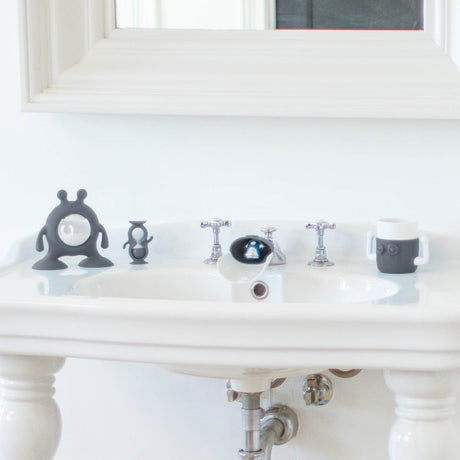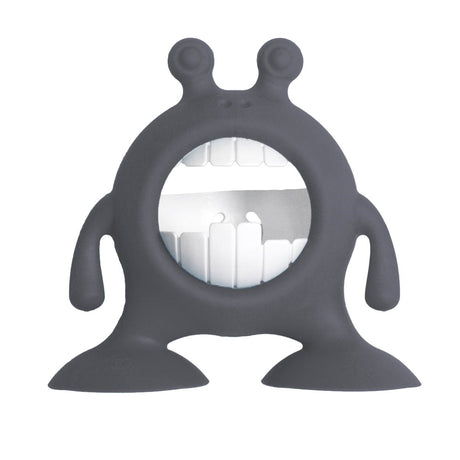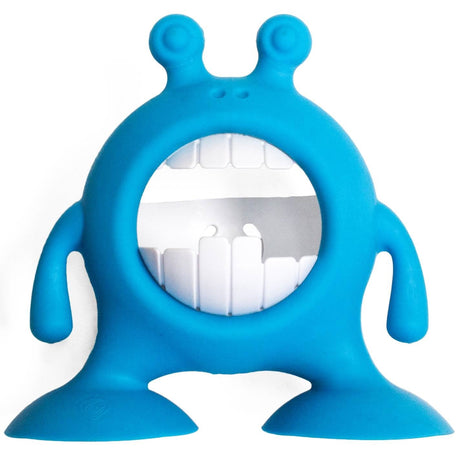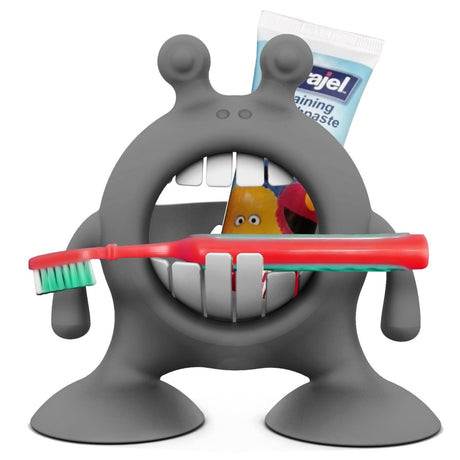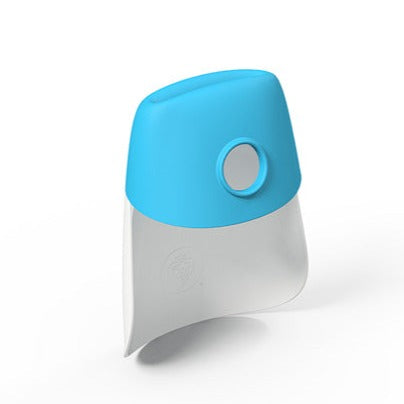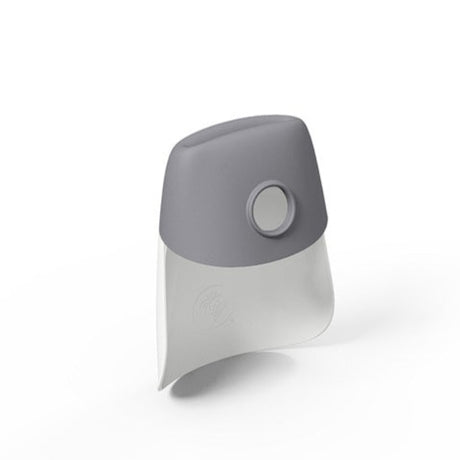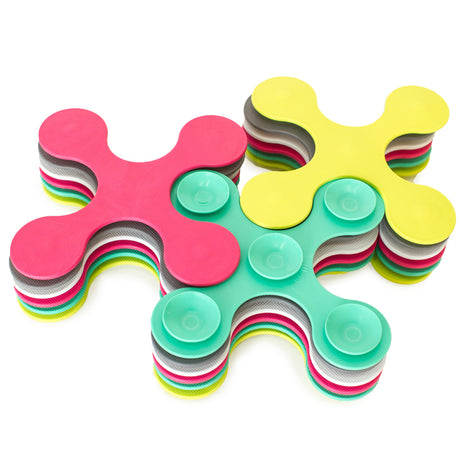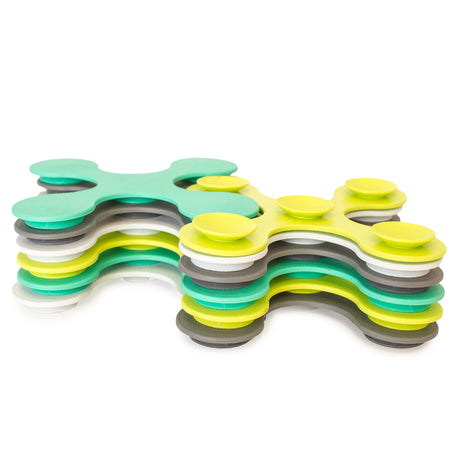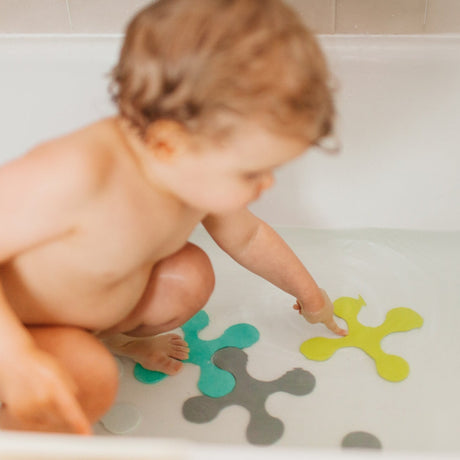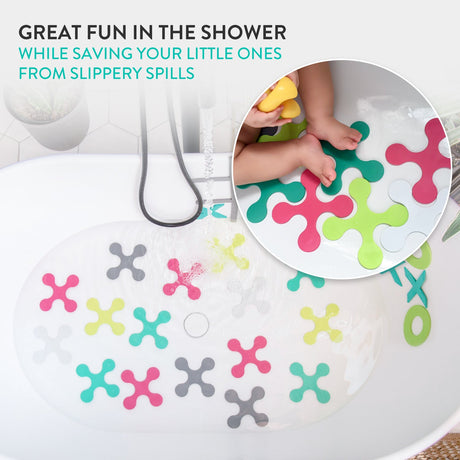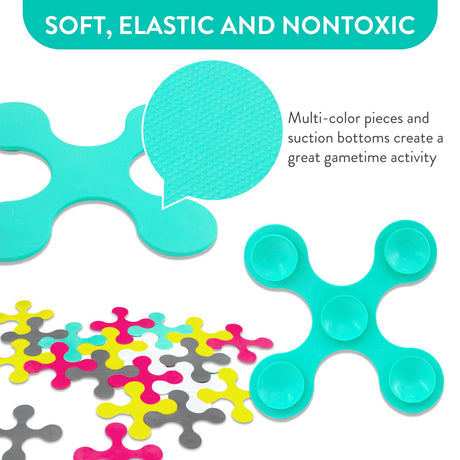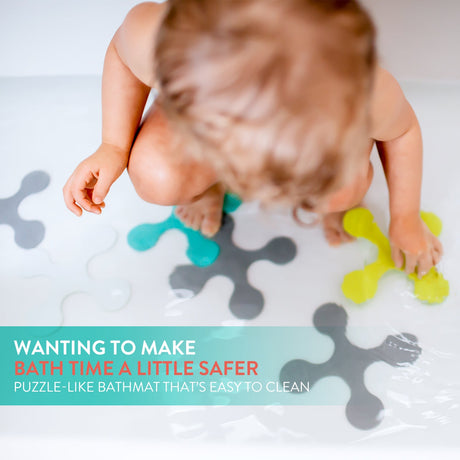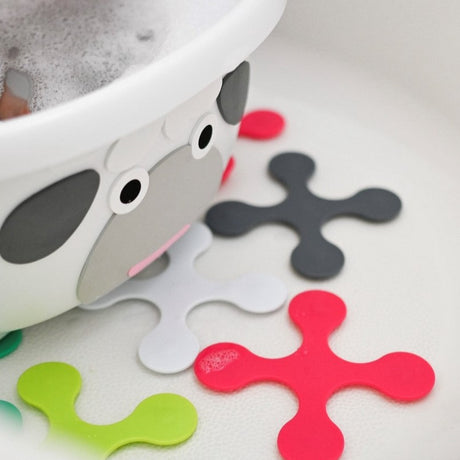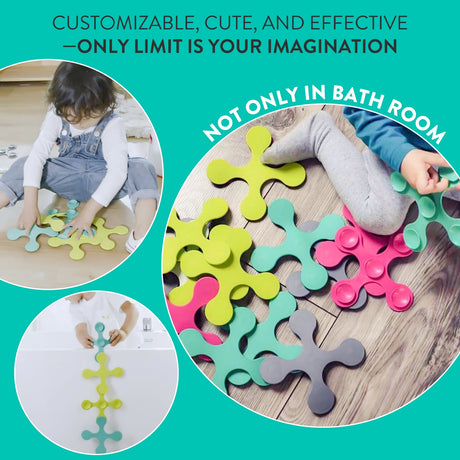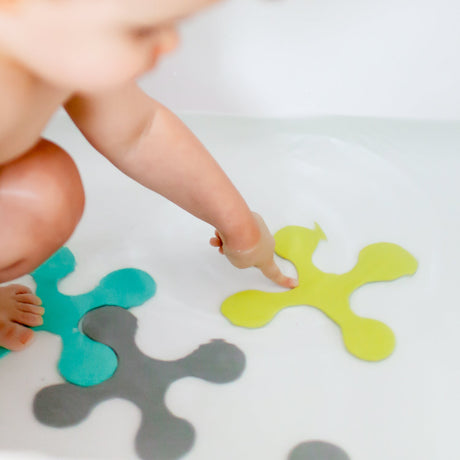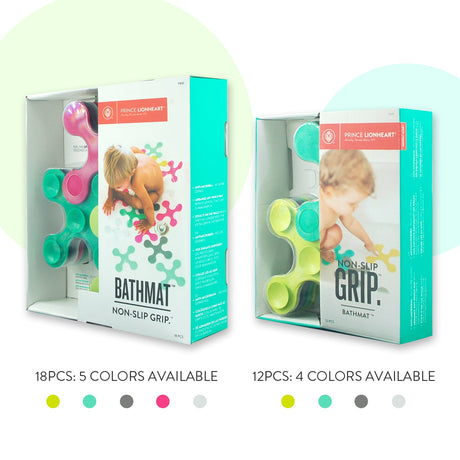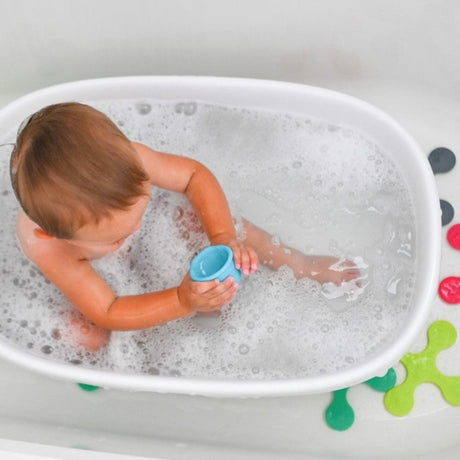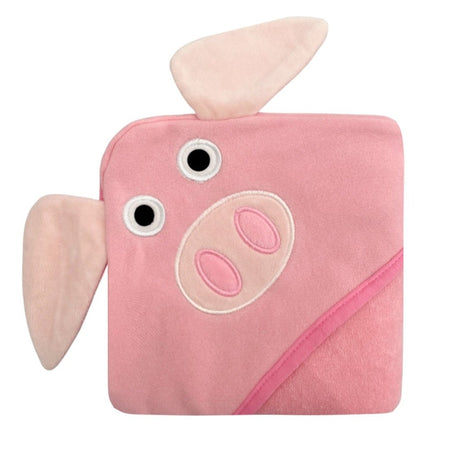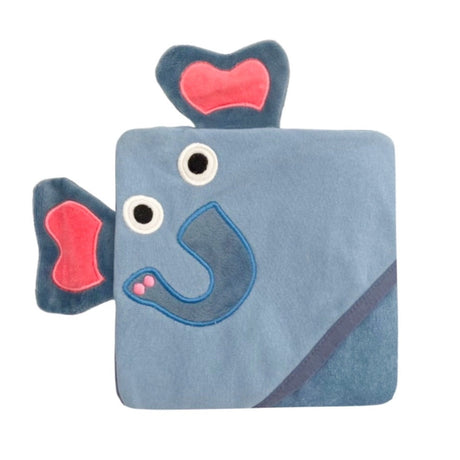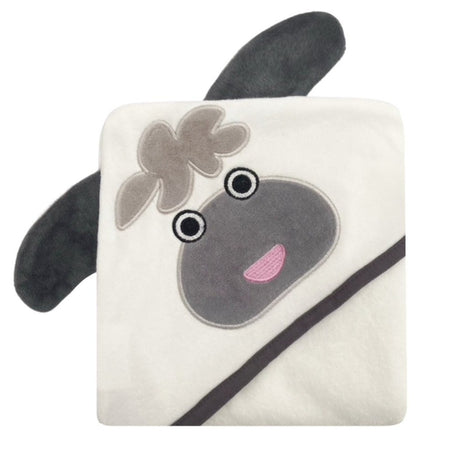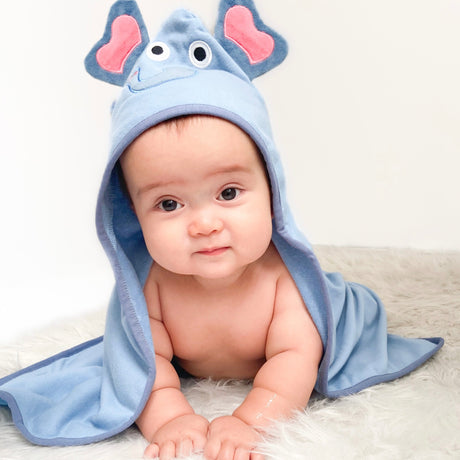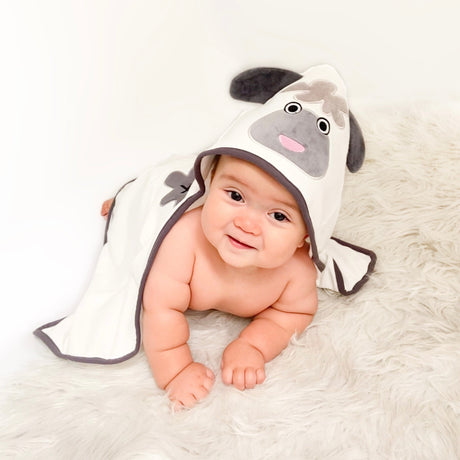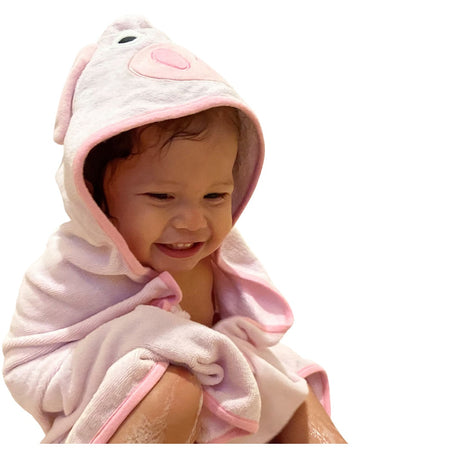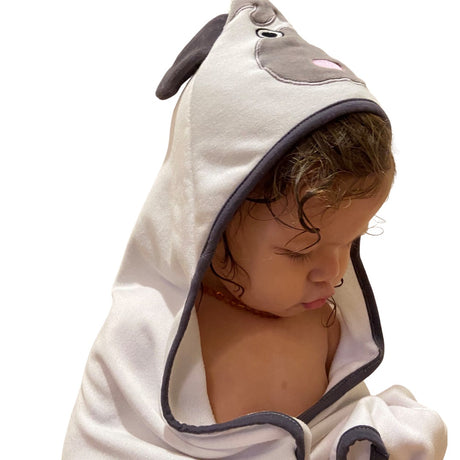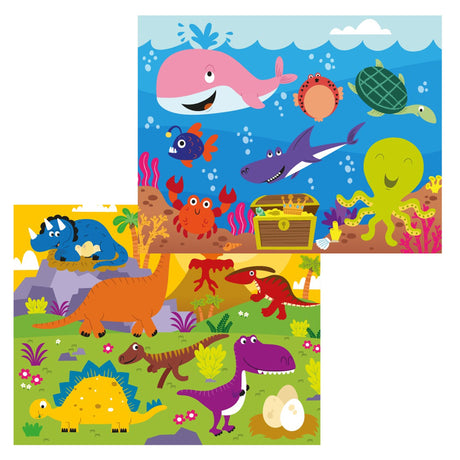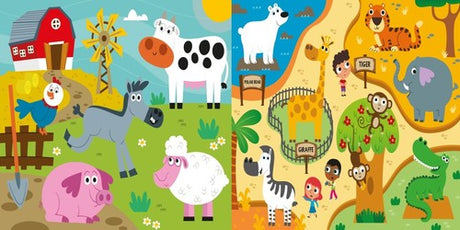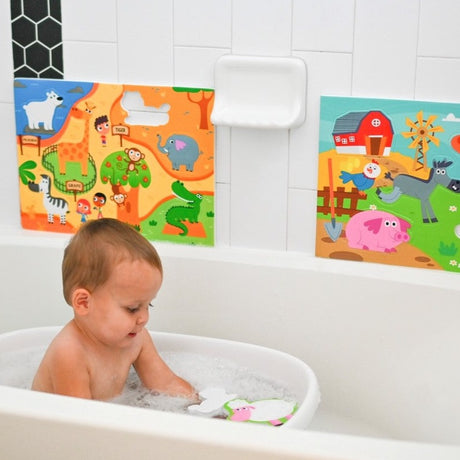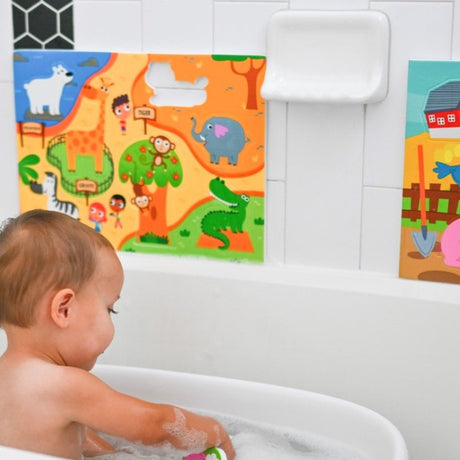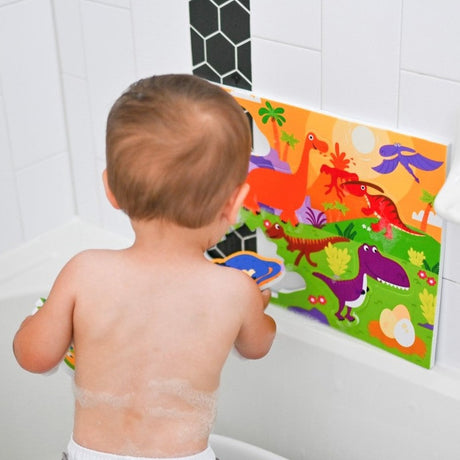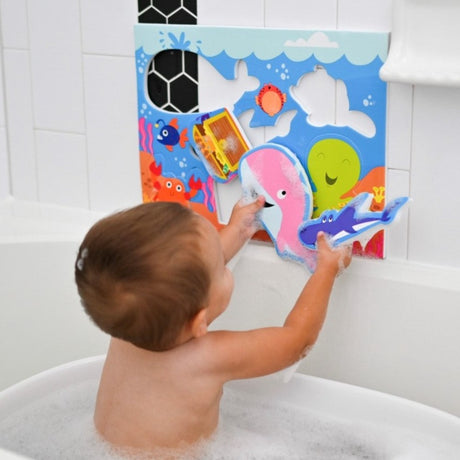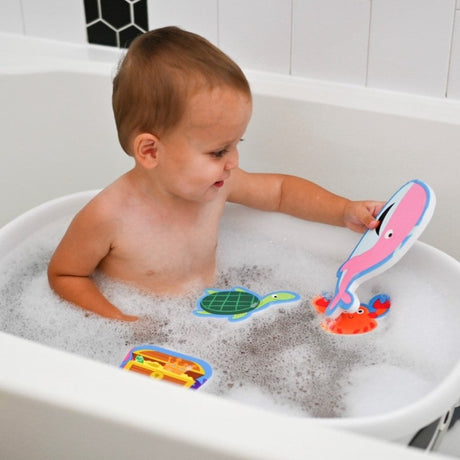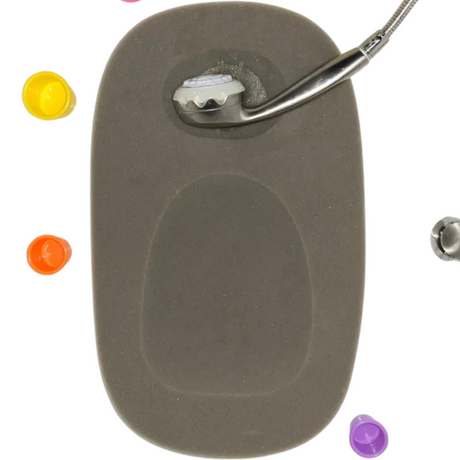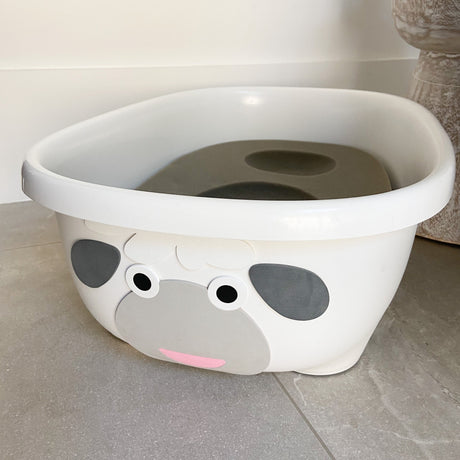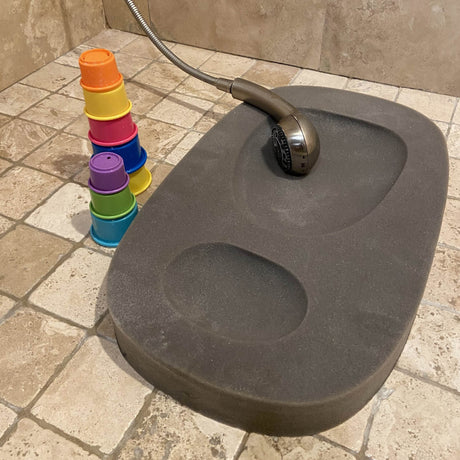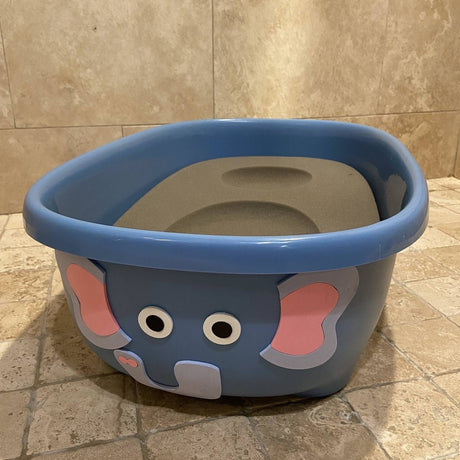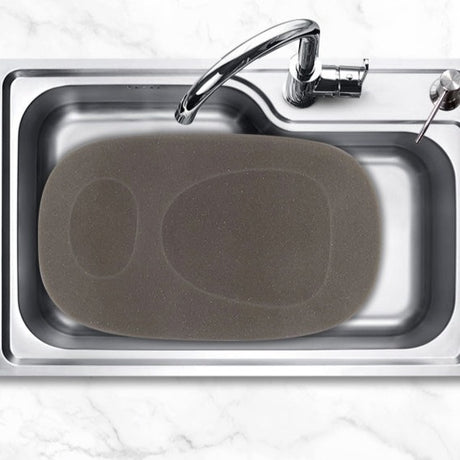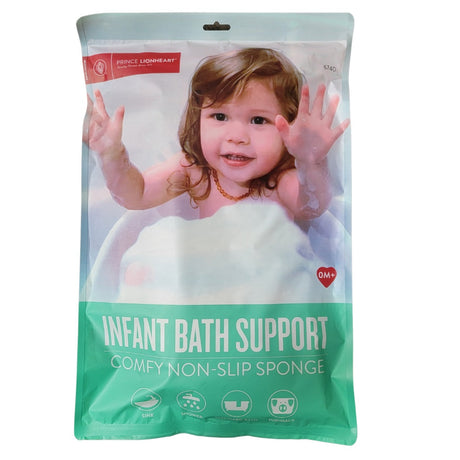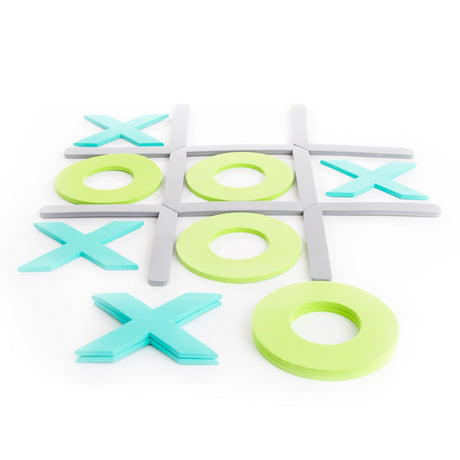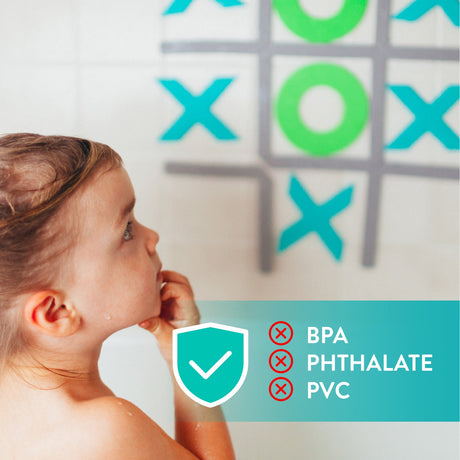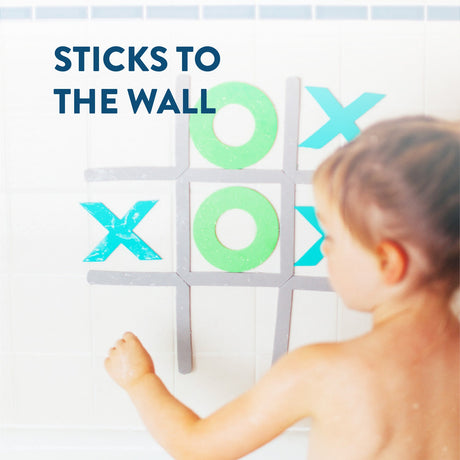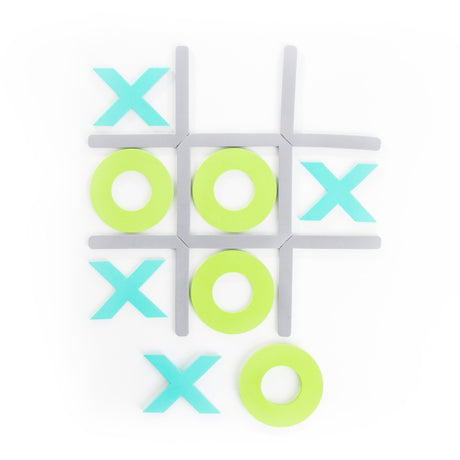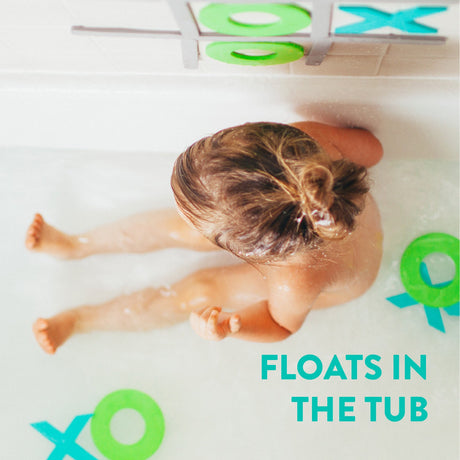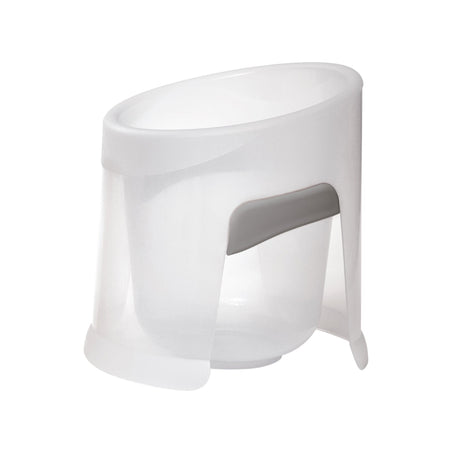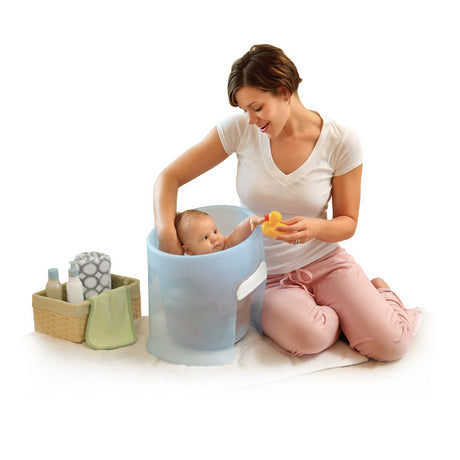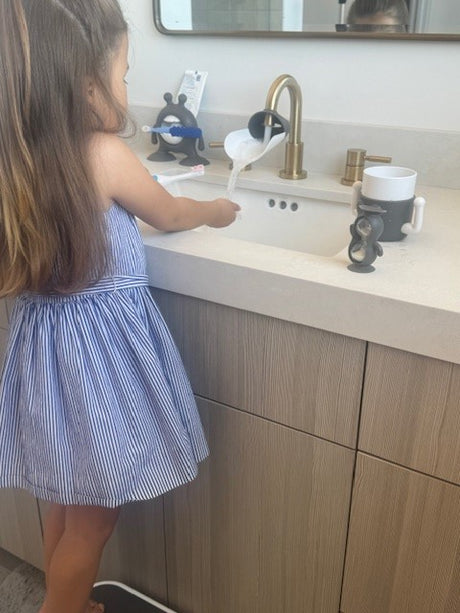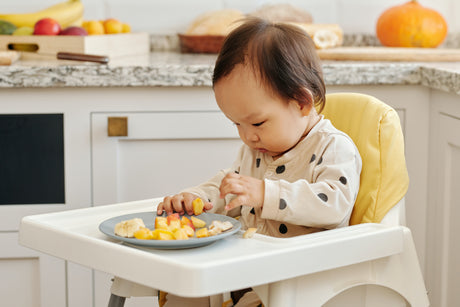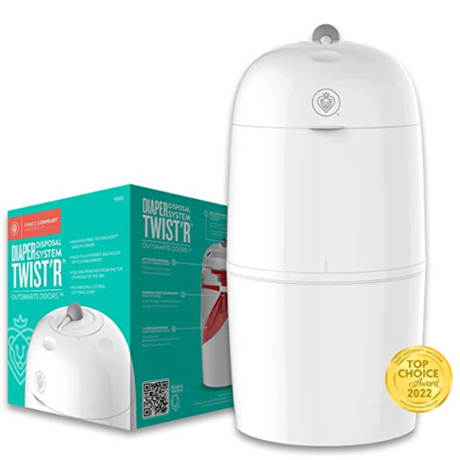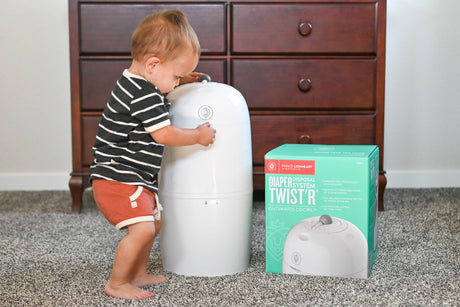There’s no one right way to introduce food to Baby. One fun method is to feed your baby by the colors of the rainbow. Feeding by color starts Baby on the path to enjoying a variety of healthy foods.
Benefits of Feeding By Color
As with all things parenting, you’ll hear different ideas about how to introduce solids to your baby. Some people start with feeding baby cereal by spoon and moving forward one puree at a time. Other people prefer baby led weaning, allowing babies to feed themselves with foods that are firm enough to grasp, but soft enough to be mashed with Baby's gums. Other people believe Baby should be able to eat anything at any time, as long as Baby won’t choke. There are no hard and fast rules about how to introduce food to Baby apart from making sure Baby is ready to get started with solids. The American Academy of Pediatrics (AAP) says there’s no medical evidence that there’s any advantage to introducing foods in any particular order. So, why not make it fun for you and Baby and feed by color? Go for it! Bravery is inside us all®.
Introducing solid food to Baby by color isn’t just fun, though. Feeding by color introduces your baby to different flavors, both savory and sweet. It also helps establish healthy eating habits while ensuring Baby gets all the nutrients they need to grow strong and healthy. Plus, it encourages kids to continue to be adventurous down the road by eating each color of the rainbow.
When to Start Baby Food
So, how do you know when to introduce baby food? The AAP has a few recommendations for when to start baby food with your baby. Generally speaking, babies are ready for solid food when they:
- Are 4 to 6 months old
- Weigh 13 lbs or more
- Doubled their birth weight
- Can sit up mostly on their own
- Hold their head up for a long time
- Show interest in solid food
- Open their mouth when food is nearby
- Get hungry between feedings
Babies usually let you know when to start baby food by showing interest in what you’re eating and grabbing for it. You may see Babies opening their mouths like baby birds whenever you eat. If you’re ready for introducing solid food to Baby, watch how they react to the food in their mouth. If Baby pushes the food out of their mouth with a tongue thrust, they’re not ready quite yet. Try again in a week or two. Look for Baby’s ability to move food to the back of their throat to swallow it. It may take a few tries since solids are a new experience for Baby, and the texture might take some getting used to for them. Once they’re able to swallow solid food, you’re ready to get the taste adventure started! Get your bibs and CATCHALL™ mat ready. Kids are messy. So is parenting®. (But your carpet doesn’t have to be!)

How to Introduce Food to Baby
Feeding by color is an exciting way to start introducing solid food to Baby! To get started, learn what each color of food can offer your baby in terms of nutrients and health benefits.
| Food Color | Nutrients & Health Benefits | Example Foods |
| Red/Pink | Sources of vitamin C, lycopene, and anti-inflammatory antioxidants. | Red peppers, beets, strawberries, cranberries, cherries, raspberries, watermelon, rhubarb, tomato |
| Orange | Sources of vitamin A, vitamin C, folate, beta-carotene, and potassium. | Oranges, mango, orange peppers, papaya, cantaloupe, carrots, sweet potatoes, butternut squash |
| Yellow | Sources of vitamin C, vitamin B6, vitamin A, folic acid, potassium, and magnesium. | Bananas, yellow peppers, yellow beets, yellow apples, corn, yellow tomatoes, pears, summer squash |
| Green | Sources of lutein, folate, iron, vitamin K, vitamin D, vitamin A, vitamin C, calcium, potassium, magnesium, and amino acids. | Avocado, asparagus, broccoli, spinach, lettuce, kale, cabbage, edamame, peas, green beans, green peppers, zucchini, cucumber, green apple, honeydew, kiwi, lime |
| Blue/Purple | Sources of various antioxidants, but primarily anthocyanin, which protects your body against cell damage and inflammation. | Blueberries, blackberries, huckleberries, eggplant, figs, plums/prunes, red grapes/raisins, purple potatoes, purple carrots, purple cauliflower |
| White/Brown | Sources of vitamin C, magnesium, potassium, and selenium. | Cauliflower, mushrooms, white potato, turnips, parsnips, white pears, garbanzo beans |
Planning Baby’s menus is fun. Try looking at Baby’s diet over the course of the week, rather than per day. You’ll be hard-pressed to fit every color into a single day. In turn, it’s pretty easy to sprinkle them all in throughout a week. You can even do one color per day!
A week’s menu by color might look like this:
- Monday: Pureed red apple, pureed beets with baby cereal.
- Tuesday: Pureed butternut squash, pureed mango
- Wednesday: Mashed banana, pureed corn, flaked trout
- Thursday: Mashed avocado, pureed green peas
- Friday: Mashed plums, pureed purple cauliflower
- Saturday: Pureed garbanzo beans, mashed potato
- Sunday: Finely diced chicken, whatever’s left!
At first, solids are a supplement to breast milk or formula. A few months after starting solids, your baby should eat a wide variety of foods from each color category. Include veggies, fruits, proteins, and grains, as well as breast milk or formula until age one.
With certain foods, it’s also a good idea to watch out for any adverse reactions, from diaper rashes to potential signs of a food allergy. According to the Centers for Disease Control and Prevention, the eight most common food allergies are to eggs, fish, milk, peanuts, shellfish, soy, tree nuts, and wheat, but other foods, like citrus, can cause diaper rash or a rash around the mouth because of their high acidity.
If there’s a history of food allergies in your family, watching out for allergic reactions is particularly important, so talk to your pediatrician before introducing any potential allergens and ask what to look out for in your baby. It may also be a good idea to wait 3-5 days between new foods to watch for any adverse reactions. Otherwise, feel free to give these foods a try!
If a food does cause a reaction in your baby, talk to your pediatrician about how to proceed. You may need to start with small tastes, or wait to reintroduce the food until later.
Important: Never give Baby honey until after the age of one because of the risk of botulism.
Tips For Feeding Baby
Now you know when to start baby food. Whether you begin with spoon feeding purees or letting Baby feed themselves from their CREATE™ Plate, offer lots of variety and see how Baby responds. Remember that kids’ preferences change. Stay flexible with Baby’s meal plan. Here a few tips for issues that might pop up.

What if Baby turns their head away or fusses when I offer more food?
Baby’s telling you they’re finished. Take it one bite at a time. Let them stop when they’re done.
What if Baby rejects a certain color of food?
Try a variety of foods in that color range. Even if Baby isn’t a fan of one green food, they might happily accept another. Alternately, take a break from that color and try again next week.
Can I protect my house/carpet from becoming rainbow colored?
Keep our CATCHALL™ mat under Baby’s chair to catch flying food. Put a big, absorbent bib on Baby before every feeding. Sit nearby and don’t put large containers within Baby’s reach. (Invest in a good stain remover, too.)
What if Baby gags on new foods?
If the texture is new, puree the food until it’s smoother, or strain out fibers. If it’s the flavor, take a break and try next week. Palates change.
